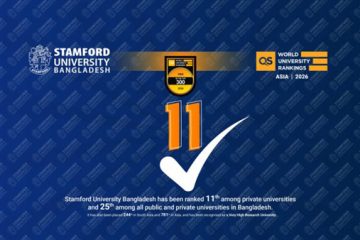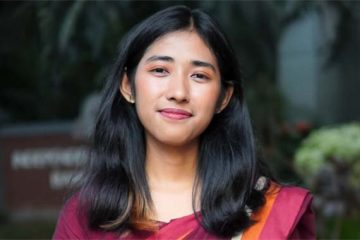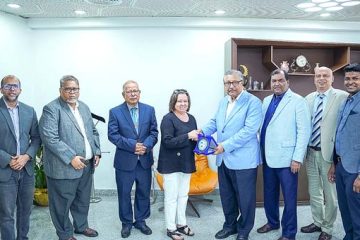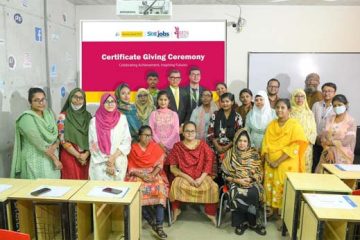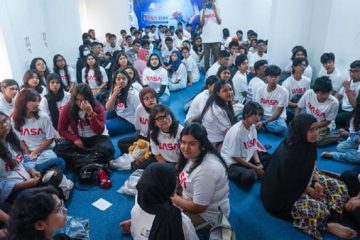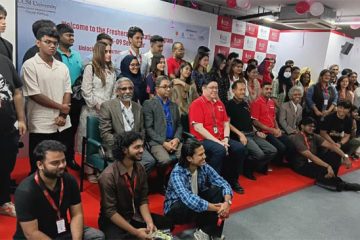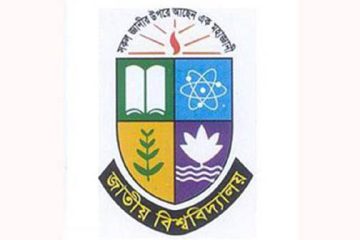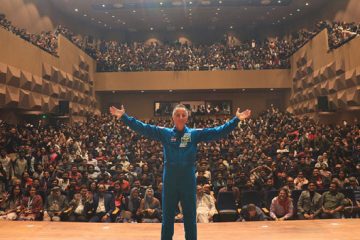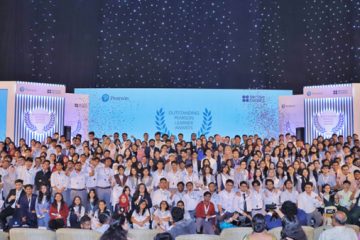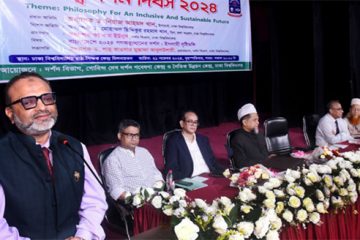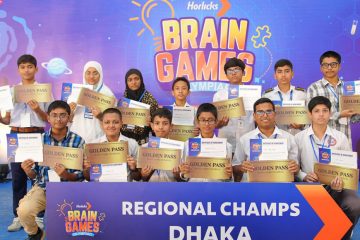The 34th death anniversary of Shilpacharya Zainul Abedin will be observed today.
Teachers and students of Dhaka University’s Fine Arts Faculty will place flowers on Zainul’s grave in the university’s premises at 8:30 in the morning. A discussion on Zainul will be held in the Faculty’s auditorium at 9:00am.
Zainul Abedin was born on 29 December, 1914 in Kishoreganj. His father, Tamijuddin Ahmed, was a sub-inspector of the police.
In 1930 Abedin left home without informing his parents and went to Kolkata with his friends to visit the Government School of Arts.
He got himself admitted to the school in 1936 before completing his matriculation. He stayed there in one of his relation’s house, but after some days he left and spent two nights in a mosque. Later he managed to get a berth in a boarding house on Wellesley Lane in Kolkata.
As a student of the Government School of Arts, he studied the Western style of drawing, watercolour, oil and printmaking. Then he drew the picturesque views of Dumka in Bihar and Mymensingh.
Zainul was recruited as a teacher when he was a student of the final year of the school in 1938. He received the governor’s gold medal for his landscapes in the All India Art Exhibition held in the school’s premises that year. His drawings on the Bengal famine in 1943 were displayed, at first in an exhibition on famine in Kolkata in 1944 organised by the Communist Party of India.
He took part in the exhibition of art by Muslim students at the Islamia College in Kolkata in 1946. He also attended the exhibition of Indian artists at Burlington in London.
After the India’s partition in 1947, he migrated to Dhaka and joined the Normal School as an art teacher at Armanitola in Dhaka. He worked hard for the establishment of the Government Institute of Arts and became its ‘principal designate’ in 1948.
Most of the works of the famine series are kept in the Bangladesh National Museum in Shahbagh and Zainul’s other works are on display at the Shilpacharya Zainul Abedin Shangraha-shala in Mymensingh.
Zainul was involved in all stages of the movement that led to the creation of Bangladesh. He was in the forefront of the cultural movement to re-establish the Bengali identity that was being marginalised by the Pakistani government.
In 1969 Abedin painted a scroll using Chinese ink, watercolour and wax named Nabanna.
In 1975 he founded the Folk Art Museum at Sonargaon, near Dhaka, and Zainul Abedin Sangraha-shala, a gallery of his own works, in Mymensingh. ‘Two Faces’ was his last painting, done shortly before his death.
Abedin was afflicted by lung cancer and died on 28 May, 1976 at the PG Hospital (now BSMMU) in Dhaka.

